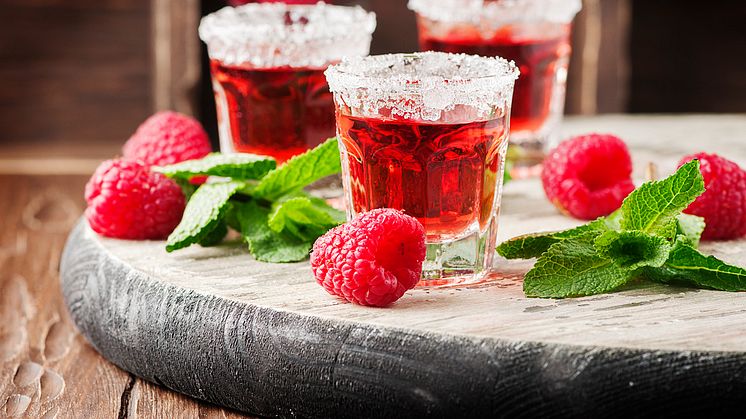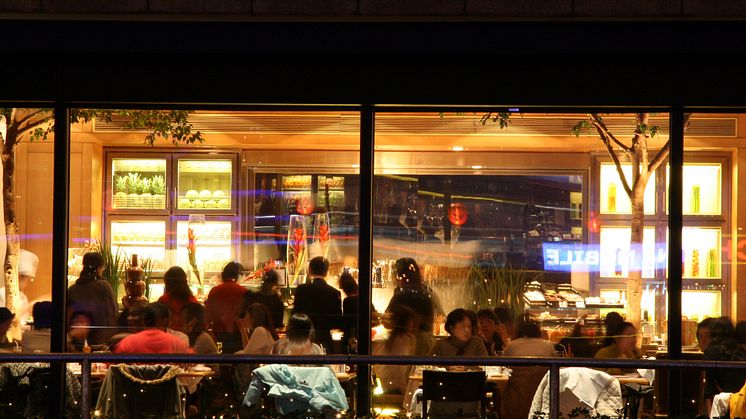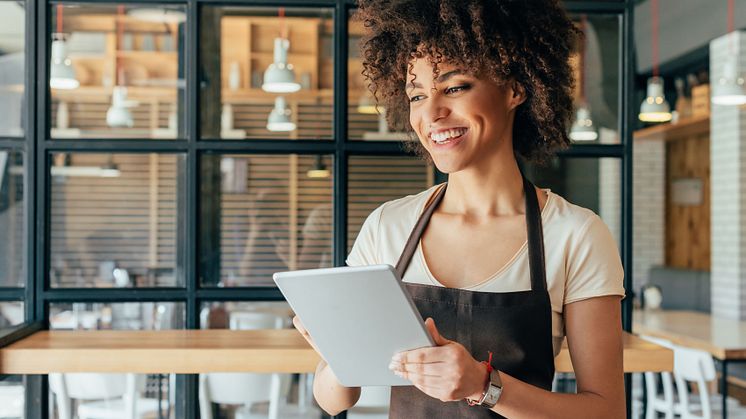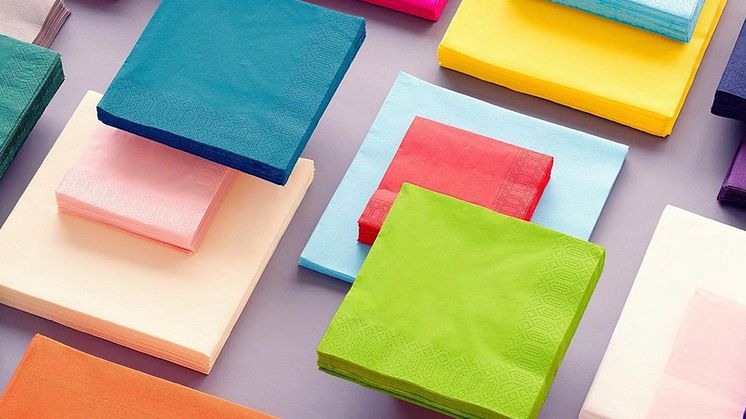
Blog post -
Would You Like Ice With That?
Beverages play an essential role in any restaurant venue, complementing meals, quenching thirst, and ultimately encouraging customers to remain on your premises.
If you imagine a restaurant sells on average 100 drinks per day with a gross margin of £3 per drink, and there are 80 restaurants in a chain, then just a 2% increase in the number of drinks served across sites (an extra 2 drinks per restaurant per day), equates to £175,000 additional profit. At the same time, a 10% uplift (10 extra drinks per restaurant per day) results in a staggering £875,000 profit.
So how much is in a drink and how can you increase your sales?
1. Serve your customers immediately
Offer and serve drinks as soon as your customers are on your premises, perhaps even before their table is ready on busier nights. Not only are you establishing a good dining experience for all by setting high expectations with a good level of customer service but, you’re already negating any possible issues before they happen. Guests are less likely to complain about waiting times if you are already attending to their needs. Your aim should be to sell more drinks at the same time as maintaining or reducing the average dining times. A formal high-end restaurant won’t rely on fast table turnover but, rather a higher average spend per table which, can be achieved by selling more drinks during and at the conclusion of the meal.
2. Create a waiting area with a bar
Consider redesigning your restaurant and converting your waiting area into a bar, or at least an area in which you can serve drinks. Not only will you be able to generate additional sales but, you can also give customers the time to browse the menu ahead of being seated, resulting in a smoother and quicker table turnover when they move into the main restaurant. In the same vein, once your customers have finished dining, you can encourage them to return to the bar area for further drinks.

3. Consider the atmosphere
Many studies have shown that louder music stimulates consumers to drink more which is why it features heavily in nightclubs. Whilst loud bass music will not work in your restaurant dining area, where people want to talk – you can turn up the volume in your bar or waiting area.
4. Offer seasonal and limited-time-only drinks
A simple promotion that will work across the board, especially if you create an aesthetically pleasing beverage that you can promote on your social media channels. Offering a seasonal menu will encourage returning customers to try something different on their next visit. Placing a drink under a limited-time-only banner will see your sales increase as it draws customer attention through the fear of missing out (FOMO).


